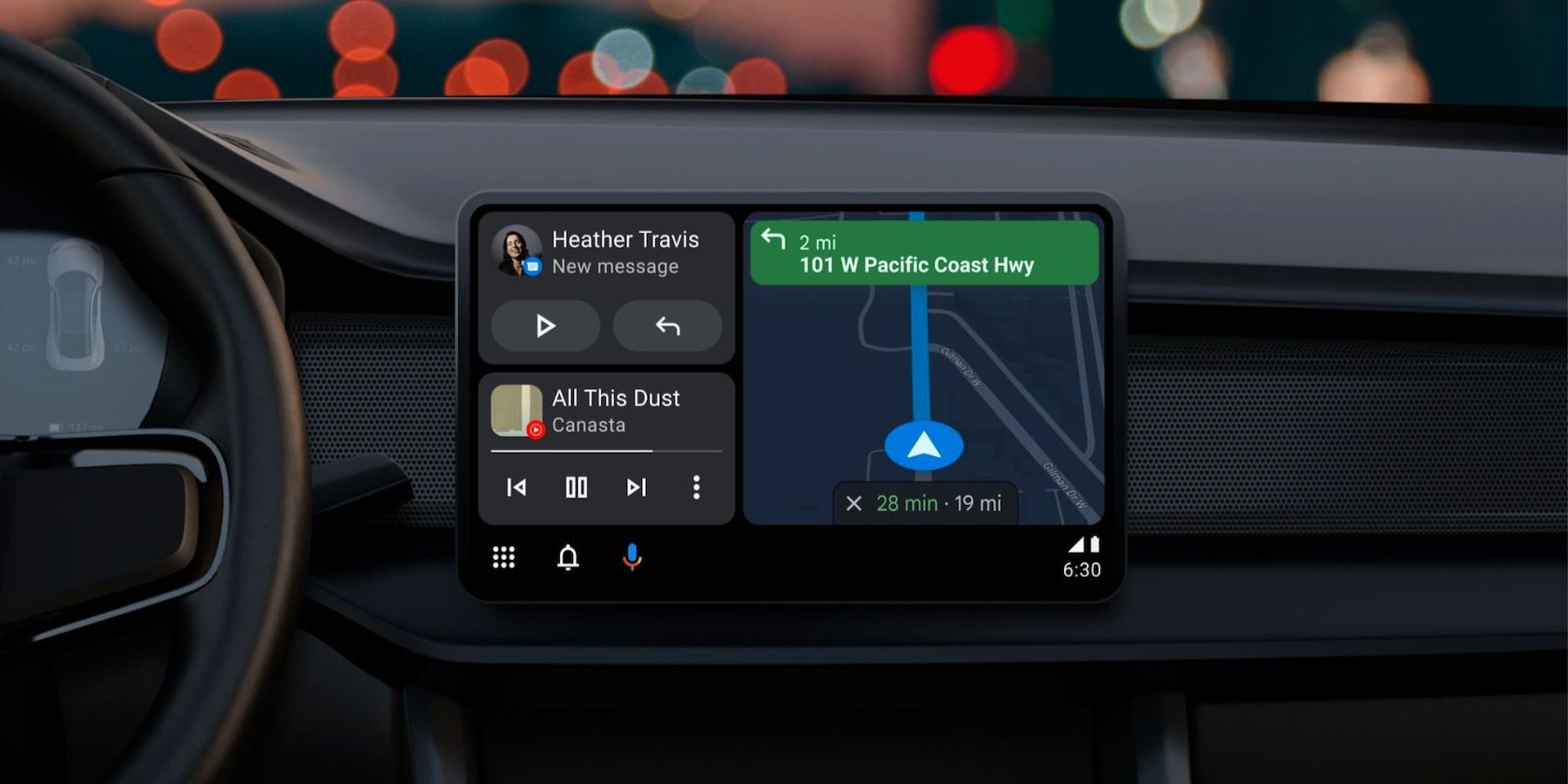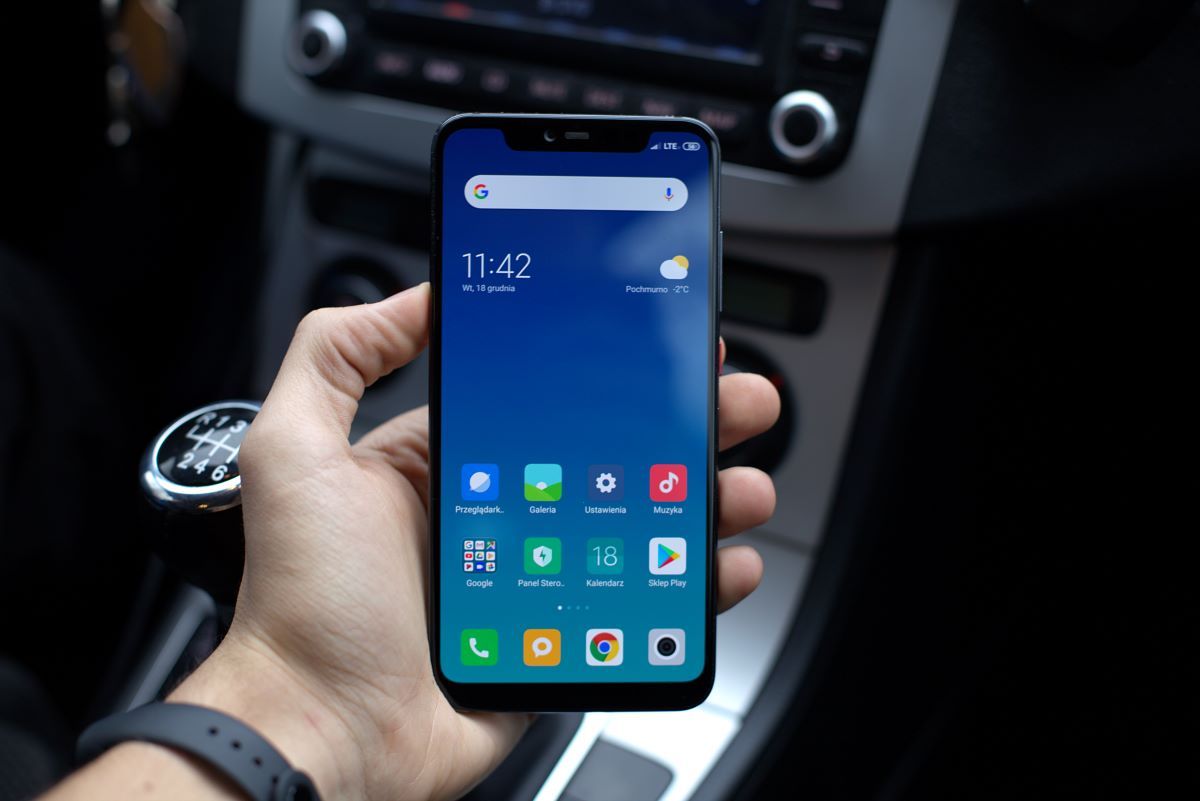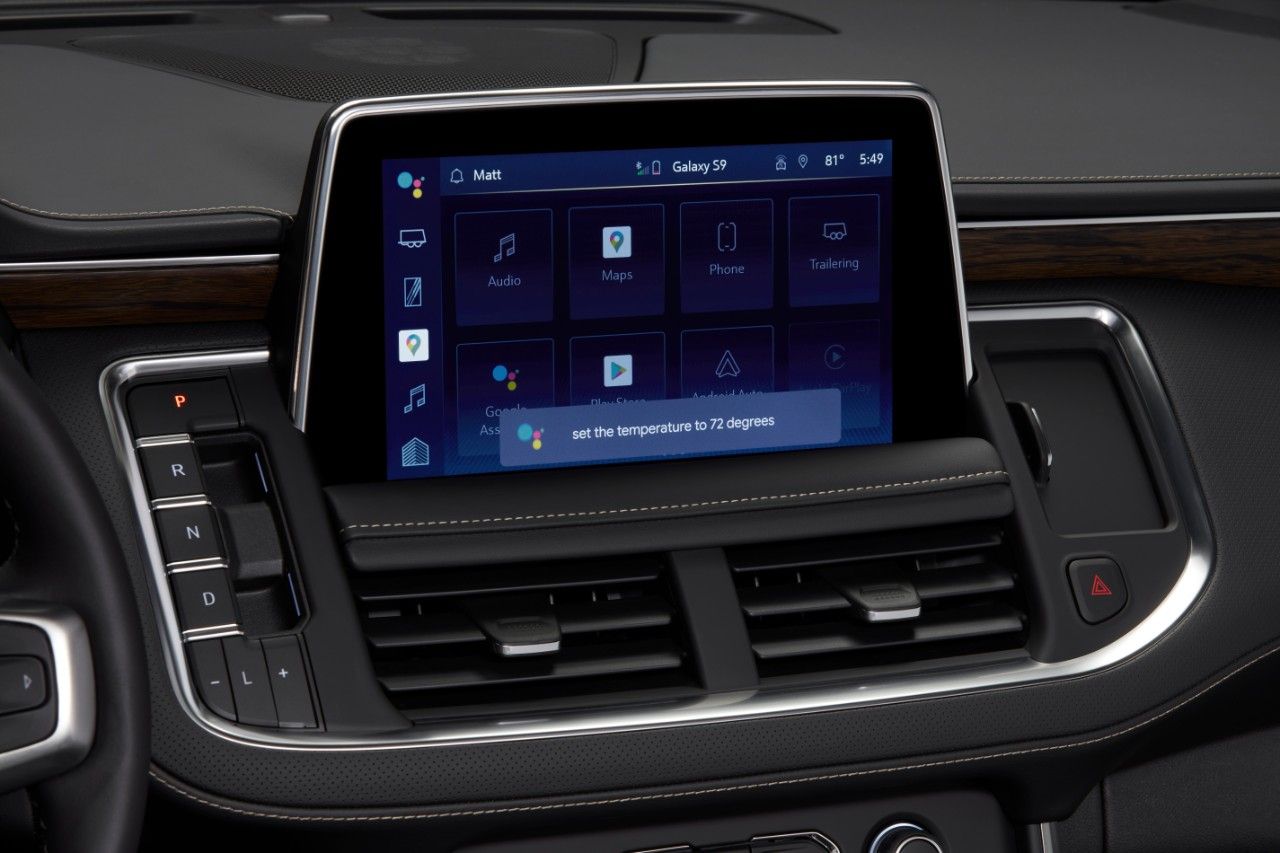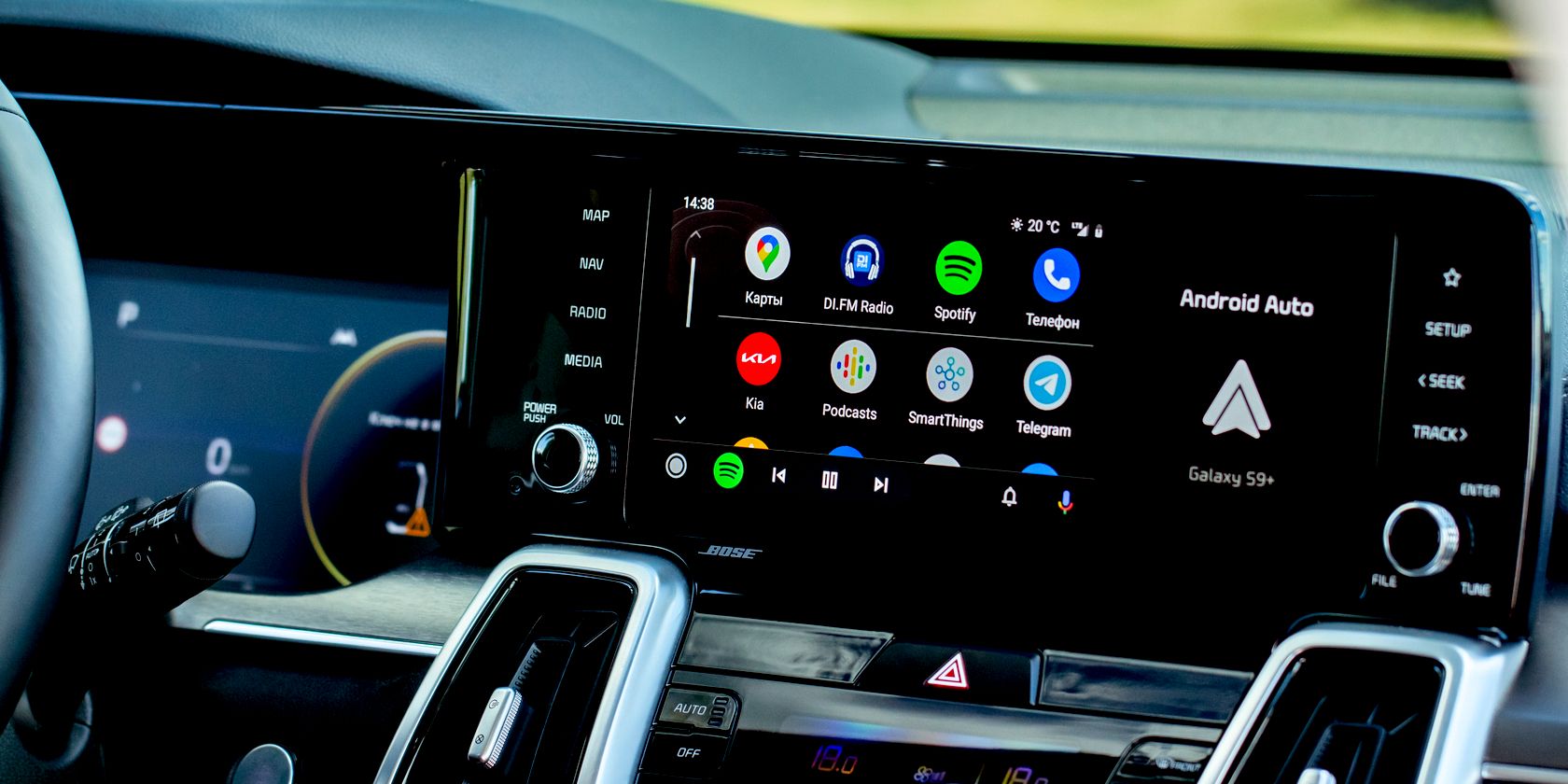Back in the old days, the best you could get out of an infotainment system was a cassette player, a radio, a CD player, or an MP3 player— and if you were lucky, a GPS navigation.
Now the technology has advanced, and you can use Android Auto or Android Automotive to receive hands-free phone calls, text messages, weather updates, traffic updates, and GPS directions with voice guidance through your car infotainment system. Better yet, you can watch YouTube videos, stream music, or even Netflix in your car. But the question is, should you choose Android Auto or Android Automotive?
What Is Android Auto?
Android Auto is an app by Google that makes it possible to mirror your Android smartphone on your car's infotainment system. If you have Android Auto installed on your smartphone, you can connect it to your vehicle's display using a USB cable.
However, your vehicle and stereo need to be compatible with Android Auto for it to work. If you want to confirm, Android has an updated list of cars and stereos that are compatible with Android Auto.
What about smartphone compatibility? According to Google Support, any smartphone or tablet with Android 6 and above can run the latest version of Android Auto—but you need a data plan. Furthermore, from Android 12 onwards, Google is replacing Android Auto with Google Assistant driving mode.
Alternatively, you can pair Android Auto to your vehicle's infotainment system wirelessly via Bluetooth and 5GHz Wi-Fi. Unlike the USB connection, you need a smartphone with Android 11 or above to connect Android Auto wirelessly. The only exception is if you have:
- A Samsung or Google smartphone with Android 10.
- Any Samsung Galaxy Note 8, S8, or S8+ running Android 9.
Of course, your vehicle should also be compatible with Android Auto Wireless. The wireless option is only available for 2020 car models and beyond, but if you drive a BMW, it's available in the 2019 models. If you're not familiar, we've shown you how to use Android Auto Wireless.
What Is Android Automotive?
Android Automotive is pre-installed on your vehicle's head unit. It runs on your vehicle independently, and you don't need an Android smartphone to operate it. But Android Automotive is based on the same open-source operating system you can find on any Android device.
According to Google, Android Automotive is integrated into the car by the automakers—so you can't just buy an Android tablet, install it on your car's dashboard and call it "Android Automotive." Since it was announced by Google in 2017, most cars that come with an in-built Android Automotive interface are 2021 models and beyond. Some notable car manufacturers that sell their vehicles with Android Automotive include Ford, GM, Volvo, Renault, Rivian, and Lucid Motors.
The car manufacturers supporting Android Automotive can choose to customize it with GAS (Google Automotive Services) or without it. If an Android Automotive infotainment system has incorporated GAS, you can install third-party apps that are available on Google Play Store.
On the other hand, if your Android Automotive infotainment system doesn't rely on GAS, you can only install third-party apps that have been pre-loaded or approved by the car's manufacturer. A good example is Stellantis' infotainment system, which is built on Android Automotive OS but is not embedded with Google Maps or Google Assistant. Instead, it uses TomTom navigation and Alexa.
Android Auto vs. Android Automotive: Which Is Better?
Both Android Auto and Android Automotive are top-of-the-range infotainment options that make driving easier. However, Android Automotive is tailored to control your vehicle's settings, such as the air conditioning system, audio functions, and door locks. You can easily talk to your Android Automotive interface and say, "Hey, I'm freezing," and it will control the climate settings to make it warm.
But Android Auto is limited to basic functions that are not integrated into the car's system, such as hands-free calls, weather updates, playing music, or navigation. Similarly, Android Automotive includes the same features but with better precision. For instance, if you're driving an electric vehicle, Android Automotive will provide GPS directions and accurately calculate how long until your battery's charge runs out.
Besides that, you can avoid draining your smartphone battery if you're using Android Automotive. Not to mention, most infotainment systems that use Android Automotive OS can support both Apple CarPlay and Android Auto. Here is a guide if you want to learn more about Apple CarPlay.
On the flip side, very few car models are currently sold with an Android Automotive infotainment system. We can't say the same thing about Android Auto, considering over 500 car models can now support Android Auto. Even if your car's head unit is not compatible with Android Auto, you can replace it with an aftermarket stereo that supports it.
According to Car Parts, it should cost you between $200 to $600 to integrate Android Auto into your car if it's not compatible. Nonetheless, you need to ensure the aftermarket stereo compatible with Android Auto can fit in your car's dashboard before buying it. Even if it's incompatible, there are heaps of other ways to connect your Android phone to your car's stereo.
What Is the Future of Android Auto and Android Automotive?
The biggest car manufacturers in the world have joined the Open Automotive Alliance and are committed to integrating the Android platform into their vehicles. This means Android Auto and Android Automotive are not going anywhere anytime soon.
However, Android Automotive is less popular than Android Auto despite its benefits. We think that is about to change considering more cars will be sold with Android Automotive head units in the next few years. It also gives car manufacturers an advantage since they can customize the interface without relying on Google apps—this could be a good thing for privacy.
Then again, Android Auto and Google Assistant driving mode are cheaper and easily accessible since most people have an Android smartphone.




